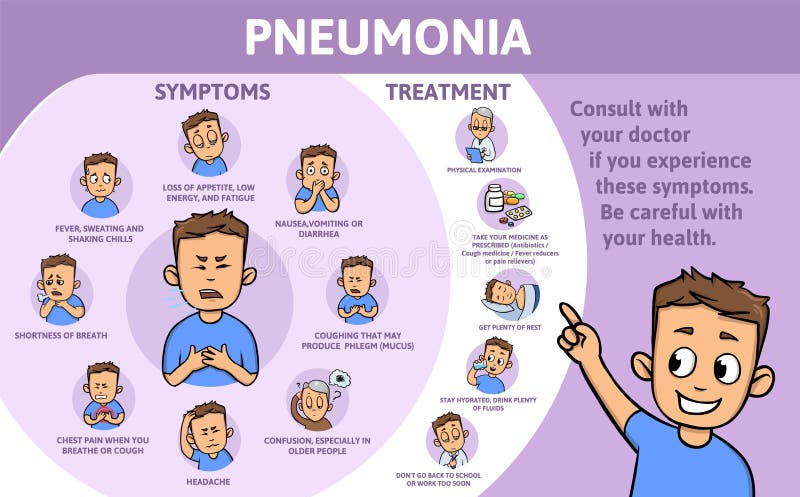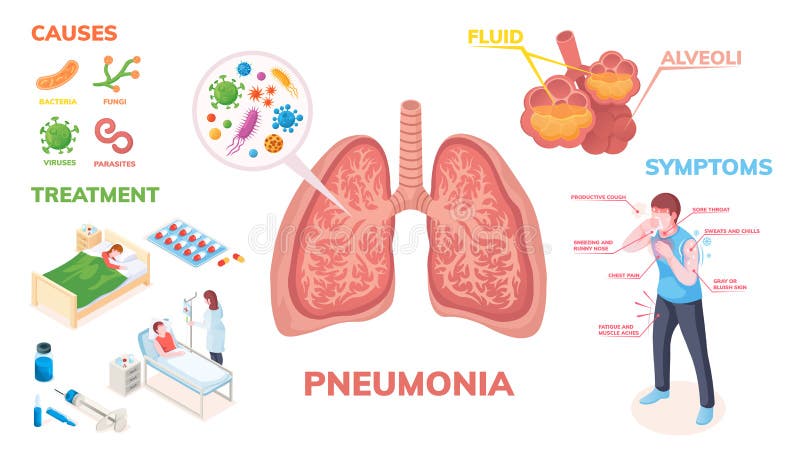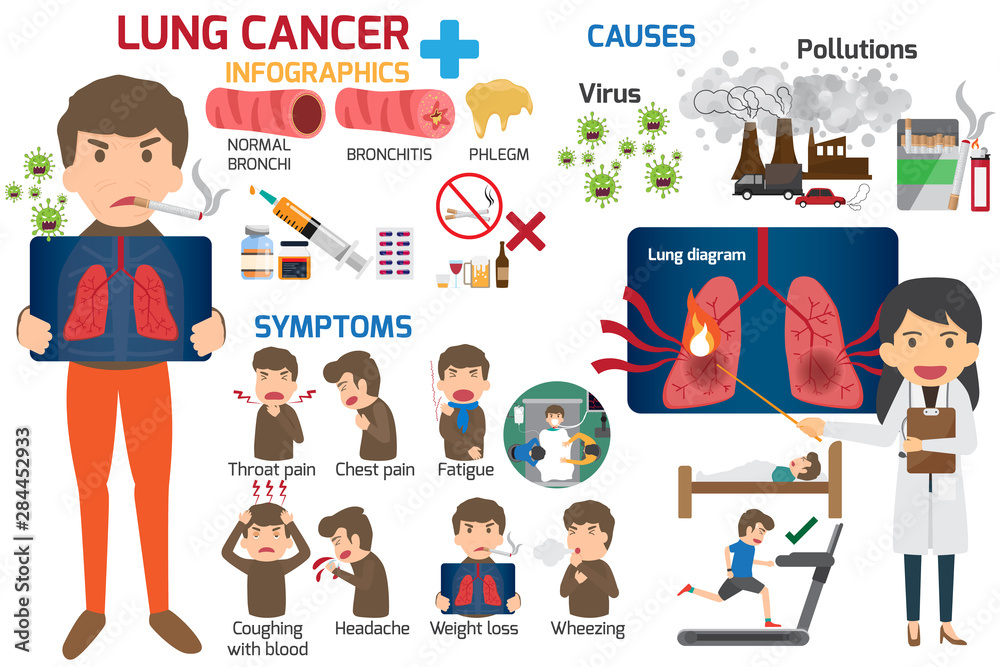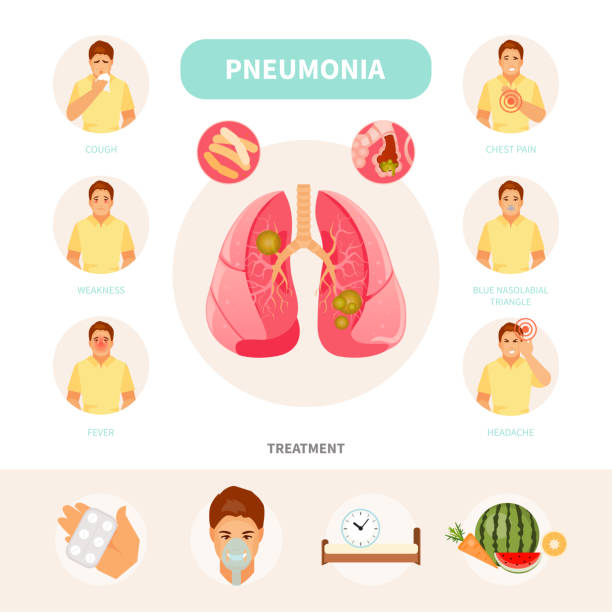Uncover the mysterious symptoms of walking pneumonia: from persistent cough to fatigue, could you be suffering without even knowing?
Table of Contents
- What is Walking Pneumonia?
- Sore Throat: The Annoying Alert
- Chest Pain: The Uncomfortable Squeeze
- Shortness of Breath: Catching Your Breath
- Fever: The Body’s Alarm System
- Fatigue: More Than Just Sleepy
- Other Signs to Look Out For
- What to Do if You Have These Signs
- Beating Walking Pneumonia
- Preventing Walking Pneumonia
- Summary: Knowing the Signs
- Frequently Asked Questions (FAQs)
What is Walking Pneumonia?
This section will introduce walking pneumonia and explain what it means in simple terms.
A Sneaky Sickness
We’ll talk about how walking pneumonia isn’t as scary as regular pneumonia, and why it’s called ‘walking’.
Walking pneumonia is a type of lung infection that is usually caused by a bacteria called Mycoplasma pneumoniae. It’s called “walking” because you can still walk around and do your daily activities, even though you’re sick. Unlike regular pneumonia, which can make you very ill and require hospitalization, walking pneumonia is milder and often goes away on its own with rest and care.
Even though you may feel unwell, you can still move and function normally, hence the name “walking” pneumonia. But it’s essential to listen to your body and take it easy while you’re recovering.
Sore Throat: The Annoying Alert
Have you ever woken up one morning and felt like your throat was on fire? That scratchy, achy feeling that makes it hard to swallow or talk? Well, that might be your body’s way of alerting you to something going on inside. When it comes to walking pneumonia, a sore throat is often one of the first signs that something isn’t quite right.
If you have walking pneumonia, a type of lung infection that isn’t as scary as regular pneumonia, your throat might start to hurt because of the germs making themselves at home in your body. Your immune system kicks into gear to fight off these invaders, causing your throat to feel sore and irritated.
So, if you start feeling like there’s a mini bonfire in your throat, listen to what your body is telling you. It could be its way of saying, “Hey, something’s up, and we need to take care of it!”
Chest Pain: The Uncomfortable Squeeze
Have you ever felt like your chest is being squeezed tightly, or like there’s a heavy weight sitting on top of it? That’s how chest pain from walking pneumonia can feel. When you breathe in, it might hurt a little bit, making it uncomfortable to take deep breaths. It’s like your chest is saying, “Slow down, let me catch my breath!”

Image courtesy of www.dreamstime.com via Google Images
This chest pain happens because the germs that cause walking pneumonia are irritating your lungs and making them work harder than usual. Your body tries to fight off the illness by sending more blood to your lungs, which can make them feel sore and achy. So, if you notice your chest hurting when you breathe, it could be a sign that you have walking pneumonia.
Shortness of Breath: Catching Your Breath
Hey there! Have you ever felt like you just ran a marathon even though you were just walking? Well, that’s what shortness of breath feels like. When you have walking pneumonia, it can make it hard to catch your breath. This happens because the germs in your lungs are making it tough for them to work properly.
Imagine blowing up a balloon. Normally, it’s easy and doesn’t take much effort. But if the balloon has a tiny hole in it, you’ll have to blow harder to get it to expand. That’s sort of like what happens to your lungs when you have walking pneumonia. They have to work extra hard, which can leave you feeling out of breath.
Fever: The Body’s Alarm System
In the world of sicknesses, having a fever can actually be a good sign! It’s like your body’s way of raising a red flag to let you know that something isn’t right inside. So, what does it mean when you have a fever with walking pneumonia?
Image courtesy of www.quora.com via Google Images
A Warm-up Warning
Imagine your body as a superhero, and a fever is its way of suiting up for battle. When you have walking pneumonia, the germs causing the infection can make your body temperature rise. This spike in temperature is your body’s way of fighting off those pesky germs that are trying to make you sick.
So, the next time you experience a fever, remember that it’s your body’s alarm system working hard to keep you healthy. It’s like a superhero getting ready to defeat the bad guys making you feel unwell!
Fatigue: More Than Just Sleepy
When you have walking pneumonia, feeling tired is more than just being sleepy. Fatigue is a common sign that your body is fighting off an illness. So, why do you feel so worn out when you’re sick?
Why Am I So Sleepy?
When your body is busy trying to get rid of walking pneumonia, it uses up a lot of energy. This can leave you feeling exhausted and wanting to sleep more than usual. Your body needs plenty of rest to help it recover faster and stronger.
Other Signs to Look Out For
In addition to the more common signs like a sore throat, chest pain, shortness of breath, fever, and fatigue, there are some other signs that could indicate you have walking pneumonia. While not as obvious, these clues are still essential to watch out for.

Image courtesy of www.dreamstime.com via Google Images
Not-So-Obvious Clues
One of the additional signs of walking pneumonia is a persistent cough that doesn’t seem to go away. This cough may not be very strong or noticeable at first, but it can linger for days or even weeks. If you find yourself coughing more than usual and the cough doesn’t improve, it could be a sign of walking pneumonia.
Feeling generally unwell or “icky” is another not-so-obvious sign of walking pneumonia. You might experience aches and pains all over your body, along with a general sense of malaise. If you feel worse than a typical cold or flu, it might be time to consider walking pneumonia as a possibility.
While these signs may not be as alarming as a high fever or severe chest pain, they are still important to pay attention to. If you notice any of these additional symptoms along with the more common signs of walking pneumonia, it’s essential to see a doctor. Early detection and treatment can help you get back to feeling better faster.
What to Do if You Have These Signs
In this section, we will offer advice on the next steps if you notice signs of walking pneumonia.
Seeing the Doctor
If you start experiencing symptoms like a sore throat, chest pain, shortness of breath, fever, or fatigue, it’s essential to tell a grown-up right away. Your parents or a trusted adult can help you schedule a visit to the doctor. The doctor will listen to your lungs, maybe order some tests, and figure out if walking pneumonia is causing your symptoms.
Beating Walking Pneumonia
Dealing with walking pneumonia may seem daunting at first, but with the right care and treatment, you can overcome this illness and get back to feeling like yourself again.

Image courtesy of stock.adobe.com via Google Images
Getting Back to Play
Once you’ve been diagnosed with walking pneumonia, it’s essential to follow your doctor’s advice carefully. This may include taking any prescribed medications, resting as much as possible, and eating nutritious foods to help your body fight off the infection.
While you might feel tired and worn out, it’s crucial to listen to your body and give it the time it needs to heal. Avoid strenuous activities and give yourself plenty of time to rest and recover fully.
As you start to feel better, gradually reintroduce light exercise and activities back into your routine. Remember to take it slow and not push yourself too hard. Your body needs time to regain its strength, so be patient with yourself throughout the recovery process.
With proper care and patience, you can beat walking pneumonia and return to your favorite activities feeling healthy and strong once again.
Preventing Walking Pneumonia
One of the best ways to prevent walking pneumonia is by stopping germs in their tracks. Germs are tiny organisms that can make you sick, so it’s essential to keep them away. Here are some simple tips to help you stay healthy:
| Sign | Description |
|---|---|
| Fatigue | Feeling unusually tired or weak |
| Chest pain | Sharp or stabbing pain in the chest when breathing deeply or coughing |
| Cough | A persistent cough that may produce phlegm or mucus |
| Fever | A low-grade fever that may come and go |
| Shortness of breath | Difficulty breathing, especially with exertion |
| Sore throat | Pain or irritation in the throat |
| Headache | A persistent headache that is not relieved with over-the-counter medication |
| Loss of appetite | Decreased desire to eat or loss of interest in food |
| Body aches | Pain or soreness in the muscles and joints |
| Chills | Shivering or feeling cold, even in a warm environment |
Wash Your Hands: Washing your hands with soap and water is one of the most effective ways to get rid of germs. Be sure to scrub your hands for at least 20 seconds, making sure to clean between your fingers and under your nails.
Avoid Sharing Personal Items: Germs can spread easily through sharing items like cups, utensils, or towels. It’s best to use your own personal items to prevent germs from spreading.
Cover Your Coughs and Sneezes: When you cough or sneeze, germs can travel through the air and onto surfaces. Be sure to cover your mouth and nose with a tissue or your elbow to prevent the spread of germs.
Stay Healthy: Eating nutritious food, getting enough sleep, and exercising regularly can help keep your immune system strong. A strong immune system can help fight off germs that can cause walking pneumonia.
By following these simple tips, you can help prevent walking pneumonia and stay healthy. Remember, taking care of yourself and practicing good hygiene are essential steps in staying well.
Summary: Knowing the Signs
Walking pneumonia may not sound as scary as regular pneumonia, but it can still make you feel pretty yucky. Here’s a quick summary of the key signs to watch out for:

Image courtesy of www.istockphoto.com via Google Images
A Sneaky Sickness
Walking pneumonia gets its name because you might not feel super sick – you might even be able to walk around and do stuff. But you might have a sore throat, chest pain, shortness of breath, fever, or feel super tired.
Sore Throat: The Annoying Alert
One of the first signs of walking pneumonia is a sore throat. It might feel scratchy or painful, making it hard to swallow.
Chest Pain: The Uncomfortable Squeeze
Walking pneumonia can make your chest feel tight or hurt when you breathe. It’s like a squeezing feeling that can be really uncomfortable.
Shortness of Breath: Catching Your Breath
You might feel like you can’t catch your breath or like you just ran a marathon when you haven’t even moved. That’s shortness of breath, a common sign of walking pneumonia.
Fever: The Body’s Alarm System
Your body might heat up in response to walking pneumonia. A fever is like your body’s alarm system telling you something’s not right.
Fatigue: More Than Just Sleepy
Feeling super tired even after a good night’s sleep? Walking pneumonia can zap your energy and make you feel like you need to nap all day long.
Other Signs to Look Out For
On top of the main signs, watch out for a persistent cough or just feeling generally icky. These could also be signs of walking pneumonia.
What to Do if You Have These Signs
If you notice these signs, tell an adult and go see a doctor. They can help you feel better faster.
Beating Walking Pneumonia
With the right treatment, you can beat walking pneumonia and get back to playing and having fun without feeling sick.
Preventing Walking Pneumonia
Wash your hands regularly, stay healthy, and avoid being around sick people to lower your chances of getting walking pneumonia.
Frequently Asked Questions (FAQs)
Can I go to school with walking pneumonia?
If you suspect you have walking pneumonia, it’s essential to stay home from school and see a doctor. Walking pneumonia is contagious, and going to school can spread germs to your classmates, making them sick too. Resting at home allows your body to recover faster and prevents others from getting sick.
How long does walking pneumonia last?
Walking pneumonia typically lasts for about 2 to 4 weeks. However, by following your doctor’s advice, getting plenty of rest, staying hydrated, and taking prescribed medications, you can help speed up your recovery process. It’s crucial to listen to your body and not rush back to your regular activities until you’re fully recovered.





